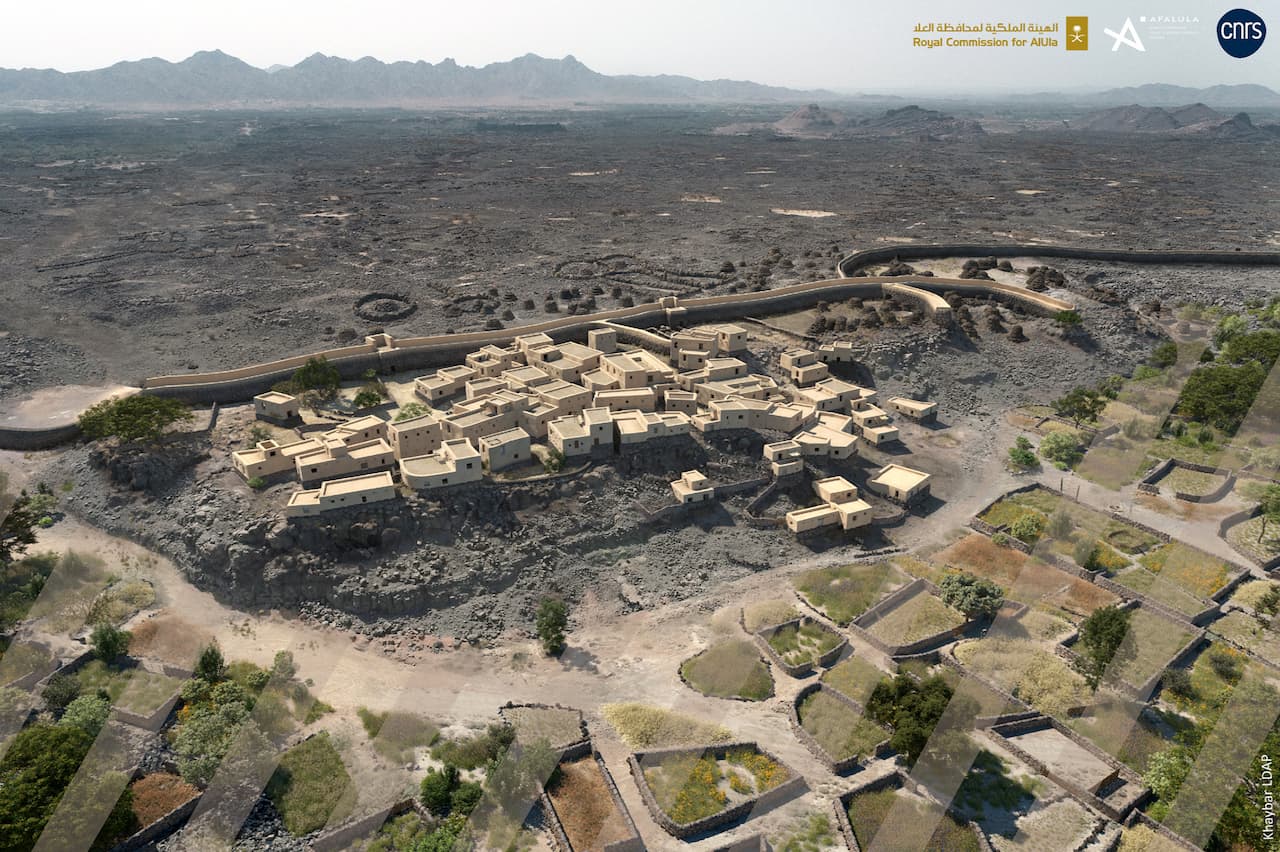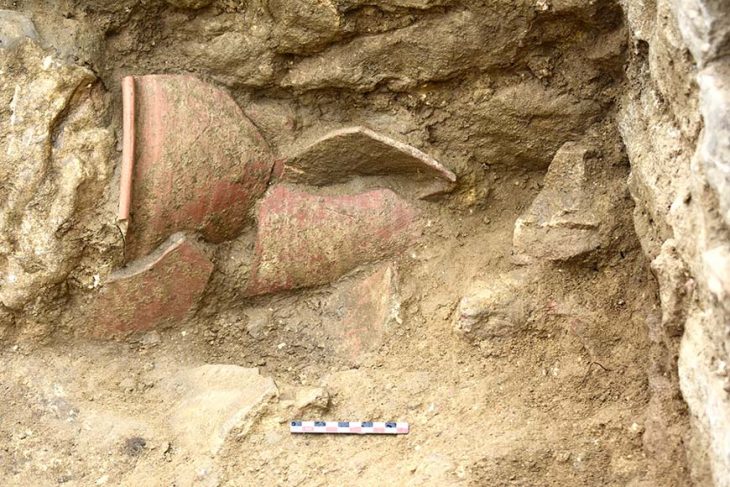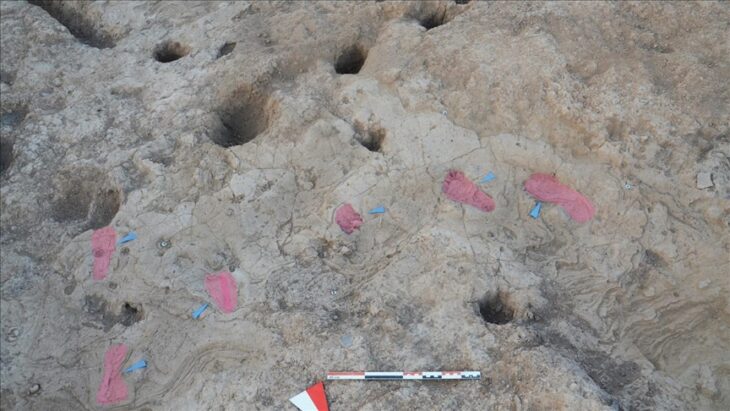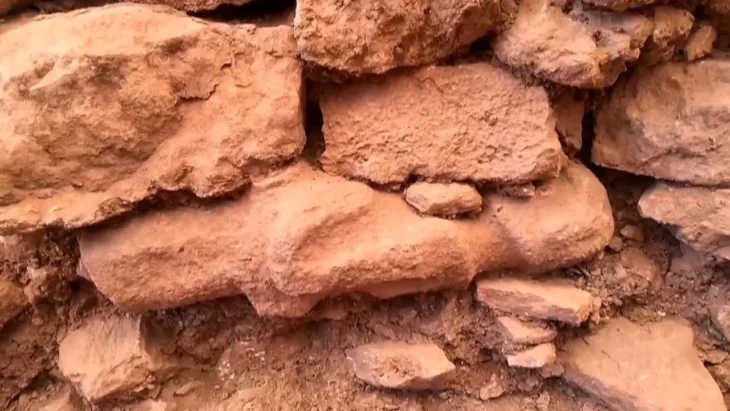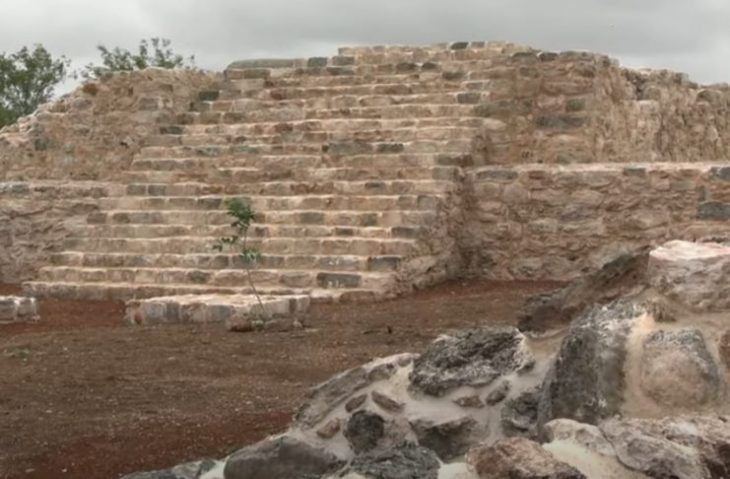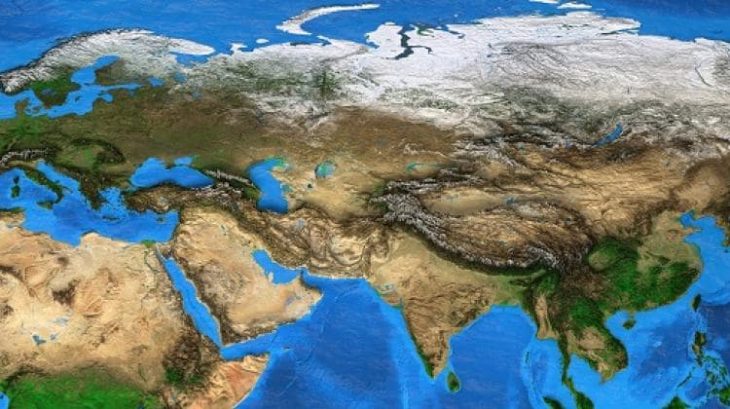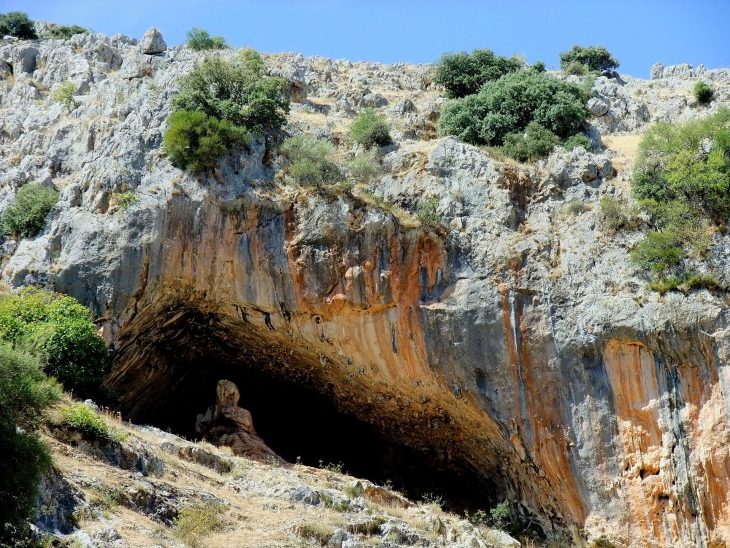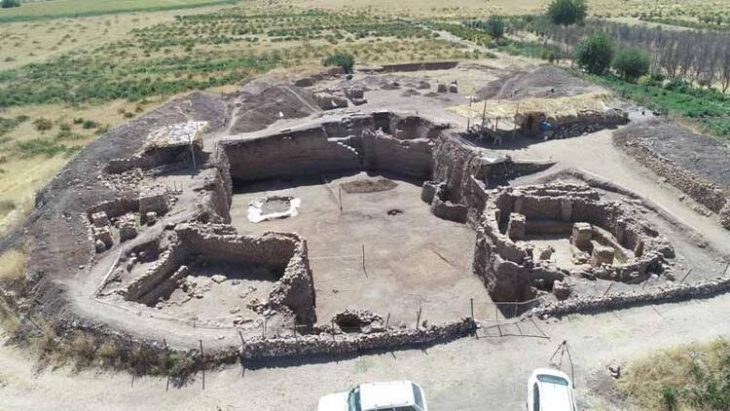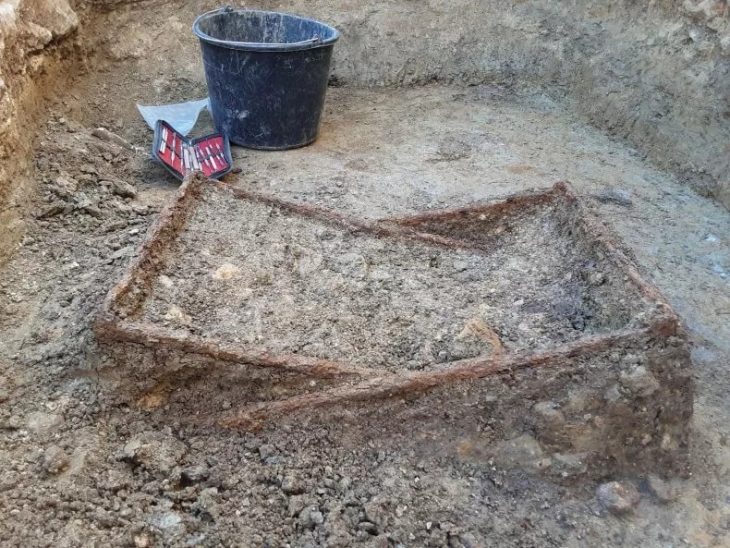A team of archaeologists led by Guillaume Charloux of France’s National Center for Scientific Research (CNRS) announced Wednesday the discovery of a 4,000-year-old fortified town in an oasis in modern-day Saudi Arabia.
Al-Natah, a remarkable Bronze Age fortified site, was discovered during the Khaybar Longue Durée Archaeological Project’s (AFALULA-RCU-CNRS) recent exploration of the Khaybar oasis.
The walled oasis of Khaybar, a verdant and fertile speck encircled by desert in the northwest of the Arabian Peninsula, long obscured the remnants of the town, called as Al-Natah.
Researchs has revealed a fortified 2.6-hectare town built around 2400–2000 BCE which lasted until at least 1500 BCE and possibly 1300 BCE.
Archaeologically rich regions like the Levant and Mesopotamia have made it easier to study urbanization, a turning point in the history of human civilizations. However, because there aren’t many well-preserved sites in northern Arabia, it has been harder to find and examine evidence of this change. For the first time in north-western Arabia, this research allows the characteristics of a third/second-millennium settlement to be assessed over a large area.
📣 Our WhatsApp channel is now LIVE! Stay up-to-date with the latest news and updates, just click here to follow us on WhatsApp and never miss a thing!!

Al-Natah, which had about 500 residents, was a model of compact and defensive settlement because of its spatial organization, which included a central district, residential areas, and a cemetery. A 14.5-kilometre-long ancient wall was also discovered in the area.
The researchers say that this settlement represents an intermediate stage, between nomadism and the complex urban settlements seen in other ancient Middle Eastern regions. In the Early and Middle Bronze Ages, when other parts of the world were already displaying greater degrees of social and architectural complexity, this kind of fortified settlement was prevalent in northern Arabia.
The discovery of El Natah is also significant as it suggests that the small fortified towns in the region may have been part of a wider trade network. The “incense route,” which involved the trade of spices, frankincense, and myrrh from southern Arabia to the Mediterranean, may have even been founded on such exchanges.
Al-Natah was still small compared to cities in Mesopotamia or Egypt during the period.
But in these vast expanses of desert, it appears there was “another path toward urbanization” than such city-states, one “more modest, much slower, and quite specific to the northwest of Arabia,” Guillaume Charloux told AFP.
Doi.org/10.1371/journal.pone.0309963
Cover Image Credit: Reconstruction of the Bronze Age settlement of al-Natah in Saudi Arabia. Image Credit: AFALULA-RCU-CNRS

